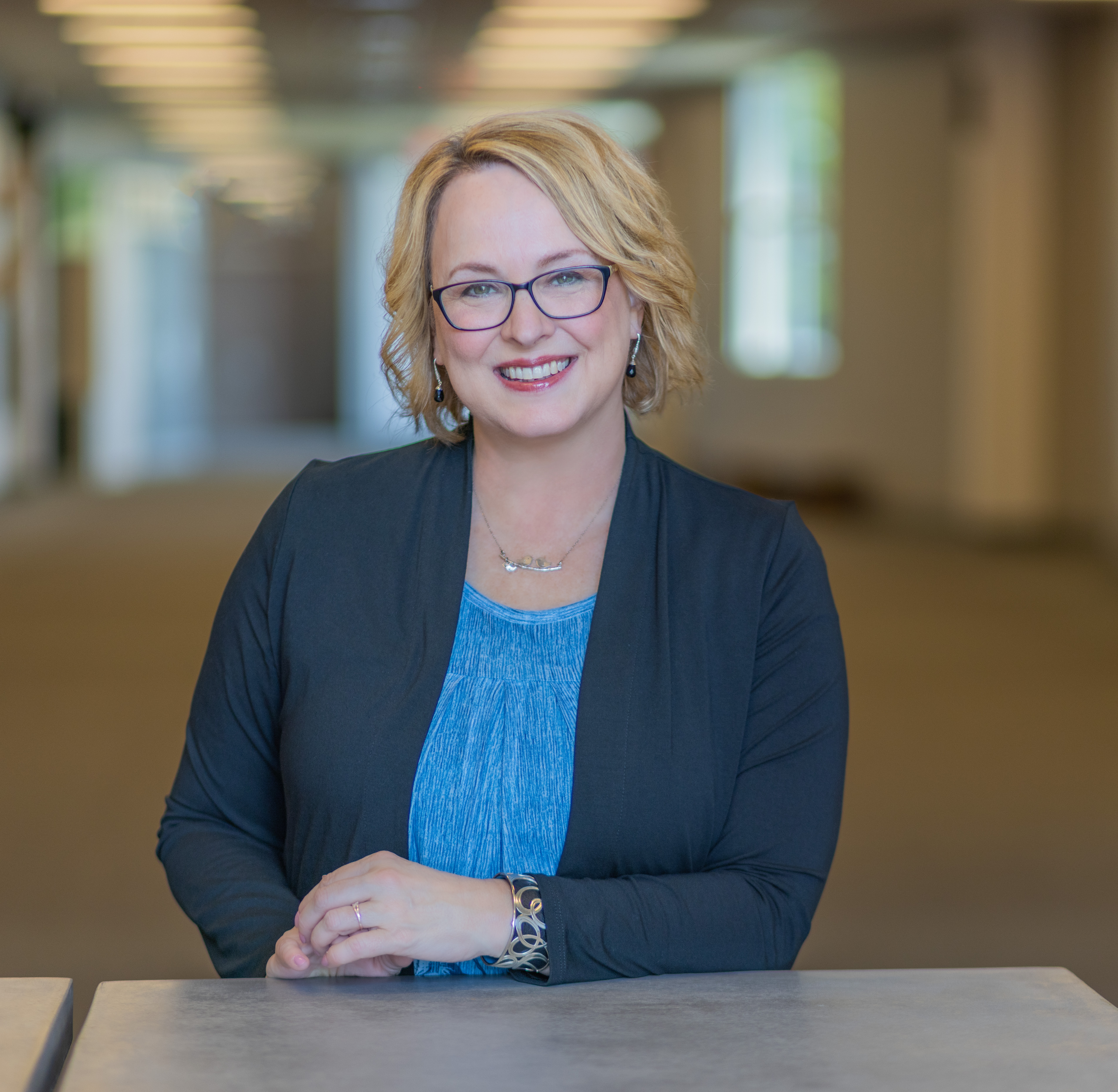(Air1 Closer Look) – We've heard the chances of staying married are like flipping a coin. Christian author and social researcher Shaunti Feldhahn believed it too. But when she wanted to cite an original source for the 50/50 divorce rate, she was surprised none could be found. “When I started looking at the Census Bureau tables and CDC tables, and the Bureau of Vital Statistics -- that's when I was like – ‘wait a minute this does not match the narrative at all.’”
She launched a quest to find the root of the public perception of divorce. “The reason it took eight years is that it is insanely complicated,” she admits. “There’s no one right number.” Why? “Because it kind of depends: like, is the rate of divorce the percentage of people who will get divorced in the future? Or is it the people who already are?”
After consulting respected demographers, and tracing reports, tables, charts and surveys to their origins, Feldhahn compiled her findings in a book, “The Good News About Marriage.”
“Seventy-one percent of people are still married to their first spouse,” she asserts, which leaves twenty-nine percent, but “that’s not the true story either,” she insists. “Because that includes everybody who was married for 50 years and their spouse died." When widowhood is factored in, Feldhahn is confident that the true divorce rate is currently no greater than 25%.
She is acutely aware that her assertion rattles four generations of men and women who have believed what she calls “a lie.”
“At one time, a fifty-percent divorce rate in the future was actually a reasonable projection,” she notes. No-fault divorce entered the U.S. courts in 1972, which led to an explosion of divorces. “Demographers of the day got really concerned and said, ‘oh my goodness if this trend keeps up, we're going to hit a 50% divorce rate someday.'” But just a few short years later, in 1980, the divorce rate began to trend down. We never got close to hitting the 50% projection…and that is what has not been corrected in the public opinion.”
Feldhahn also examined the assumption that cohabitation caused divorce to decline. “That is a small piece of it,” she admits, but points to studies declaring the overwhelming factor is age. “People are getting married at slightly older ages -- and when you get married very young, those people have a higher divorce rate risk.” The risk of divorce drops for couples who marry after age 25.
What about divorce among remarriages? Most Americans assume that two out of three remarriages will end in divorce. She calls that “pure urban myth.”
“My senior researcher, Tally Whitehead and I spent three years trying to find the studies underneath that number,” she says. “We were very thorough -- we went through all the different citations and news reports and websites -- and they all trace back to three sources that don't exist.”
Feldhahn is a best-selling Christian author widely known as a staunch advocate for marriage. While acknowledging that divorce remains a statistical possibility, she openly hopes her research will encourage husbands and wives. "If you're having trouble -- or when you have a friend who's having trouble in their marriage,” she says, “you can come alongside them and put your arm around them and say – ‘look, you're going to make it -- most people do.’”



